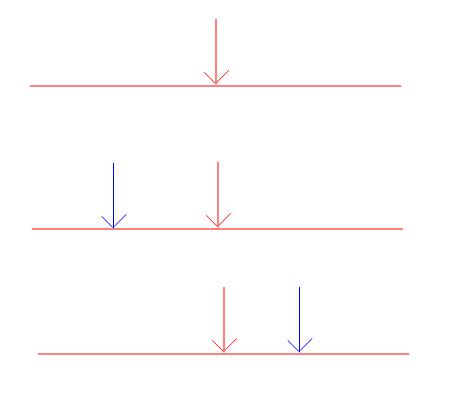ASCE 7-10, section 12.7 says to use 25% of the live load for live loads that are considered storage. My question is what happens to the load combinations (ASD for the sake of this conversation)? I have to have live load in order for 25% of that load to be considered seismic mass, so D+0.7E no longer applies unless it were (D+0.25L)+0.7E -OR- (D+L)+0.7E. In order to know which of the latter (2), I have to know if the requirement of 12.7 considers only 25% of the live load to be present and 100% of that load is seismic [(D+0.25L)+0.7E] -OR- if 100% of the live load is present but only 25% of that load is seismic [(D+L)+0.7E].
Then what do I do with D+0.75(L+0.7E)? This load combination already has a live load component. I would tend to think in either condition (100% of 25% -OR- 25% of %100) I wouldn't modify this one.
This matters to me because I have relatively light construction (mezzanine) that is a cantilever column system. I have large moments at the base but not a lot of weight if I only use actual dead loads in the load combinations. The extra gravity load by including all/some of the live load would greatly help with footing sizes due to overturning safety factor.
Juston Fluckey, SE, PE, AWS CWI
Engineering Consultant
Then what do I do with D+0.75(L+0.7E)? This load combination already has a live load component. I would tend to think in either condition (100% of 25% -OR- 25% of %100) I wouldn't modify this one.
This matters to me because I have relatively light construction (mezzanine) that is a cantilever column system. I have large moments at the base but not a lot of weight if I only use actual dead loads in the load combinations. The extra gravity load by including all/some of the live load would greatly help with footing sizes due to overturning safety factor.
Juston Fluckey, SE, PE, AWS CWI
Engineering Consultant

